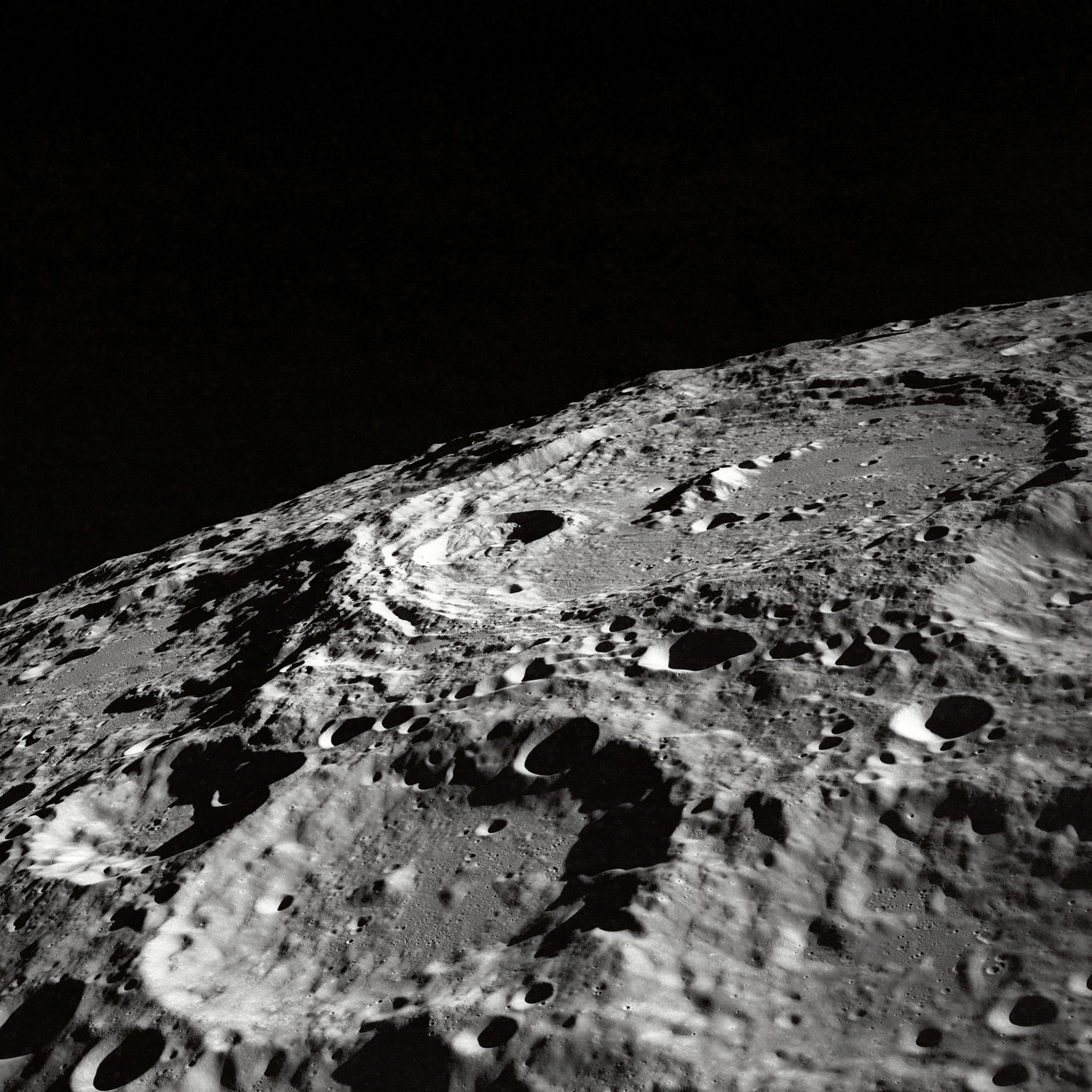Space weather, the ever-changing and unpredictable conditions in space, poses a significant risk to our technology and astronauts. Solar storms, in particular, can cause severe disruptions to our satellites, communication systems, and power grids, and also pose a significant risk to human space exploration.
Solar storms occur when the sun’s magnetic field lines become twisted and tangled, resulting in a sudden release of energy in the form of flares and coronal mass ejections (CMEs). These CMEs are made up of highly charged particles that can travel at speeds of up to 3 million miles per hour towards Earth.
While Earth’s atmosphere and magnetic field protect us from the majority of the particles, some still manage to penetrate our protective barriers. These particles can cause a range of problems, including disrupting communication and navigation systems, causing power outages, and exposing astronauts to dangerous levels of radiation.
NASA and other space agencies have developed measures to protect technology and astronauts from the effects of space weather. For example, satellites can be shielded to protect their electronics from high-energy particles, and power grids can be shut down temporarily to prevent damage.
For astronauts, protective measures include shielding their living quarters and using dosimeters to monitor their radiation exposure levels. NASA also constantly monitors space weather conditions to ensure that astronauts are not at risk.
Despite these measures, space weather remains a significant challenge, and there is still much we don’t know about how it works. Scientists continue to study the sun and its magnetic field in order to better understand the origins and behavior of solar storms.
As our reliance on technology and space exploration grows, it’s important that we continue to invest in research and technology to protect ourselves from the dangers of space weather. By doing so, we can ensure that our communication systems, power grids, and astronauts are safe and secure in the face of this ever-present threat.




